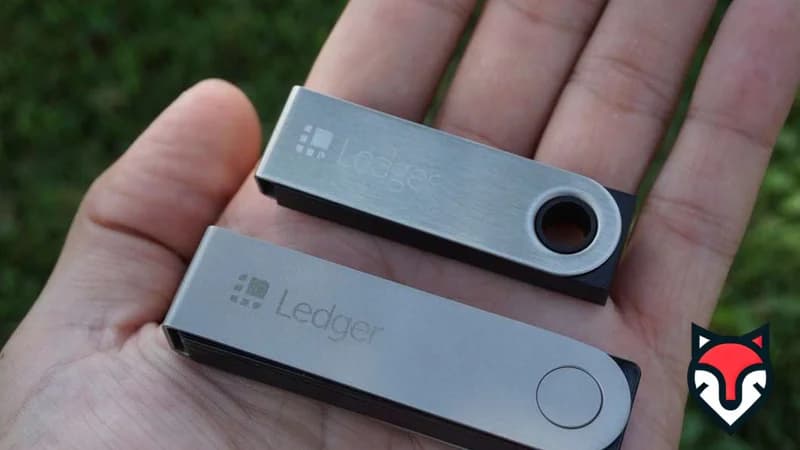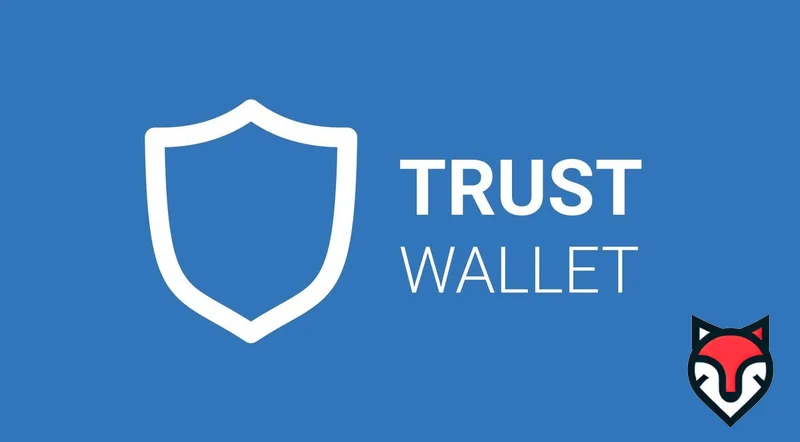Suggested
News
Last updated: Friday, March 28, 2025

Tezos XTZ Review 2025 - The Self-Upgrading Blockchain Revolution
As of March 28, 2025, Tezos (XTZ) remains a standout self-upgrading blockchain, designed to evolve without disruptive forks. Launched in 2018 by Arthur and Kathleen Breitman, Tezos uses a Liquid Proof-of-Stake (LPoS) model and on-chain governance to deliver speed, security, and adaptability. With its 17th upgrade live in January 2025 (Tezos.com), boasting 8-second block times and 16-second finality, Tezos continues to refine its ecosystem. This in-depth review by cryptostats.xyz explores its technology, founders, community, price trends, competitors, and future potential in the Web3 era.
Technology and Ecosystem
Tezos’ self-amending nature sets it apart. Its modular architecture—split into network, consensus, and transaction protocols—allows seamless upgrades. The 2025 Oxford protocol enhances staking and adaptive issuance, cutting block times from 10 to 8 seconds (Tezos blog). Processing 1,000+ TPS, Tezos powers 300+ dApps, including NFT platforms like Objkt and DeFi hubs like Plenty, with $400M TVL (DeFi Llama). Etherlink, a Layer 2 rollup launched in 2024, adds EVM compatibility, slashing fees to $0.001 (X posts), boosting gaming and enterprise adoption.
Founders and Vision
Arthur Breitman, a mathematician, and Kathleen Breitman, a strategist, envisioned Tezos in 2014 as a fork-resistant chain. Using Michelson—a formally verifiable language—and OCaml, they built a secure, scalable platform. Their $232M ICO in 2017, despite early legal hurdles, funded a vision of community-driven evolution. The Tezos Foundation, now Swiss-regulated, supports this via grants, fostering a decentralized future.

Community and Adoption
Tezos’ community—45K+ Twitter followers and 15K+ Reddit users—drives its governance. Bakers (validators) with 8,000 XTZ stake or delegate, earning 5% APR (Staking Rewards). Partnerships with Manchester United (NFTs, 2022) and Musée d’Orsay (Web3 art, 2024) showcase real-world use. The 2025 Fraktion deal ($1.1M seed, X) tokenizes assets, while Google Cloud’s validator role (2023) signals enterprise trust. X posts highlight Etherlink’s gaming push with BattleRise.
Price Trends and Competitors
XTZ trades at $0.74 (CoinMarketCap, March 27), down from its $9.12 ATH (2021), but up 185% in 2024 (Messari). Analysts predict $1.5-$2 by year-end (Cryptopolitan). Tezos rivals Ethereum (smart contract giant), Solana (speed king), and Cardano (research-driven). Its low fees ($0.0001) and stability outpace Solana’s outages, while self-upgrades trump Ethereum’s forks. Yet, Ethereum’s ecosystem size remains a challenge.
Future Outlook
Tezos’ roadmap eyes 5-second blocks and broader Layer 2 scaling by 2026 (Tezos blog). Stablecoin trials with Société Générale and FedNow integration (CoinGape) hint at financial adoption. If TVL hits $1B and gaming thrives, XTZ could reach $5-$10 by 2030 (LiteFinance), though competition and regulation loom. Its eco-friendly PoS and governance model position it for a Web3 lead.
Conclusion
Tezos’ self-upgrading design, robust tech, and growing adoption make it a 2025 contender. Explore more at cryptostats.xyz. Will Tezos redefine blockchain evolution?
Related Articles
- Bluesky: The Decentralized Social Network Shaping the Future of Crypto and Web3
- Crypto and AI Beyond Trading: Transforming Education, Governance, and Society
- Quantum Computing Threat to Crypto: Encryption Risks and Solutions in 2025
- Interoperability: How Polkadot and Cosmos Connect Blockchains in 2025
- Bitcoin Rebounds Strongly in 2025 Thanks to Trump’s Crypto Policies
- Bybit’s Response to the $1.5 Billion Hack: A One-Year Recovery Plan Unveiled
- Interpol Red Notice Targets Crypto Founder: A Spotlight on Legal Gaps in 2025
- New Blockchain Technologies in 2025: Modular and Parallel Innovations
- Synthetic Assets: Tokenized Derivatives and Top Projects in 2025
- Pi Network Listing on Reputable Exchanges: A Game-Changer in 2025
Hashtag:





